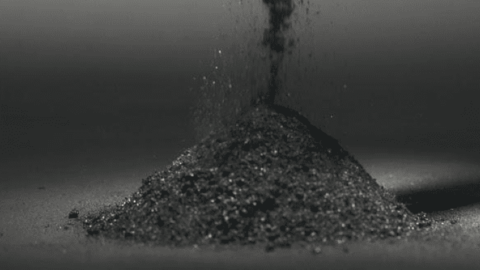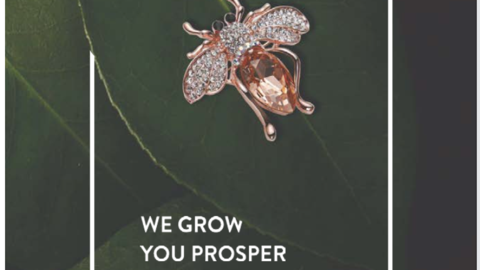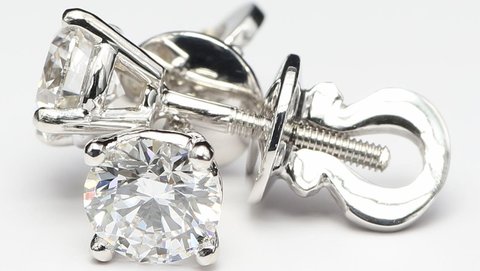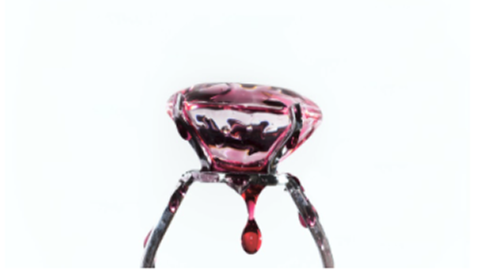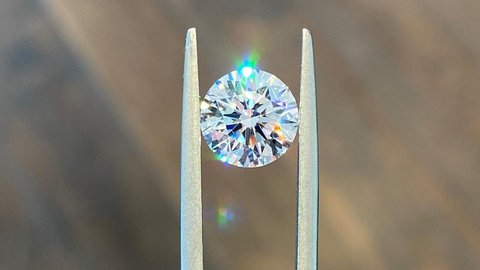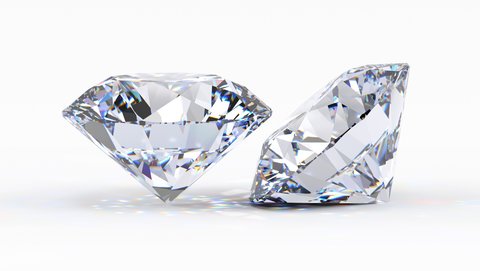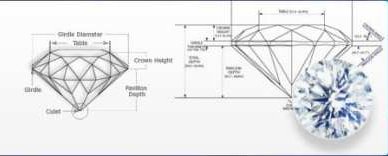The Diamond Price Dynamic Presents Opportunity For Retailers
Over the past two years, mined diamond prices have decreased by almost 30%, while lab-grown diamonds have also seen a dramatic price reduction. However for jewelry retailers, this paradigm shift presents both challenges and opportunities.

Despite the price shift, some retailers continue pointing out that lab grown diamonds have better profit margins, which pushes them to sell the man-made gems “90% of the time” or switch their inventory to lab-grown only. This trend reflects a broader market adaptation that's forcing traditional jewelers to rethink their stocking strategies. At the same time mined diamond industry giants report unsold inventory, such as De Beers’ $2 billion worth of goods - their largest since the 2008 financial crisis. The drop of mined diamond sales forces both wholesale companies and retailers to decrease their prices further. A one-carat mined stone now averages $3,923, while its lab-grown counterpart has reached $892. This stark difference is creating new opportunities for market segmentation and customer targeting.
LVMH's recent moves in the luxury sector are especially noteworthy. The company now showcases high-end jewelry featuring lab-grown diamonds, including a striking €240,000 necklace that combines man-made blue diamonds with mined white ones. This step by a luxury powerhouse suggests that lab-created gems are continuing to gain acceptance even in the most prestigious market segments.
For jewelry store owners, these market shifts require strategic adaptation. The key lies in understanding how to position both mined and man-made options effectively. Some customers will always continue to shop for mined diamonds for its mystique and established status, while others feel beyond excited entering a lab-grown-only store. The most effective retailers try to attract both these audiences. Looking ahead, industry experts suggest this price trajectory might continue. However, rather than seeing this as a threat, forward-thinking retailers are using it as an opportunity to diversify their offerings and capture different market segments.
The most successful retailers are those adapting to this new reality by:
- Maintaining diverse inventories that cater to both traditional and trend-conscious consumers
- Developing clear value propositions for both mined and lab-grown options
- Training staff to effectively communicate the unique benefits of each choice
- Creating targeted marketing strategies that resonate with different customer segments
The market's evolution presents an unprecedented opportunity for jewelry retailers to reshape their business models and capture new customer segments. The key to success lies not in resisting these changes, but in skillfully navigating them to create sustainable business growth. As the diamond market landscape is experiencing a significant transformation, the opportunity lies in adapting to the paradigm shift.




